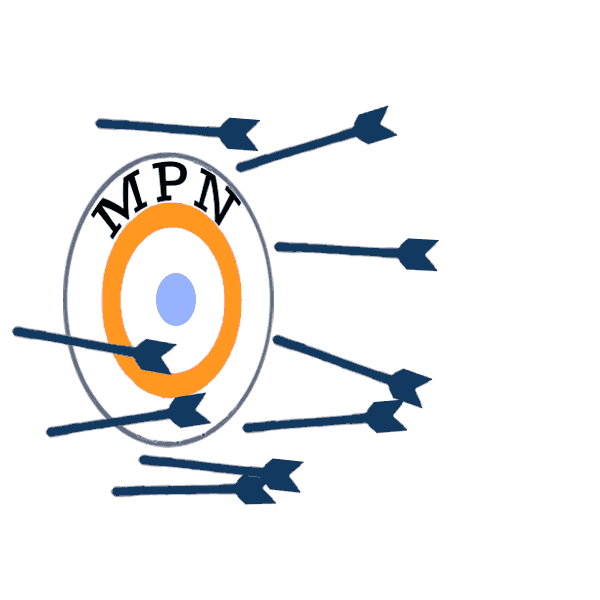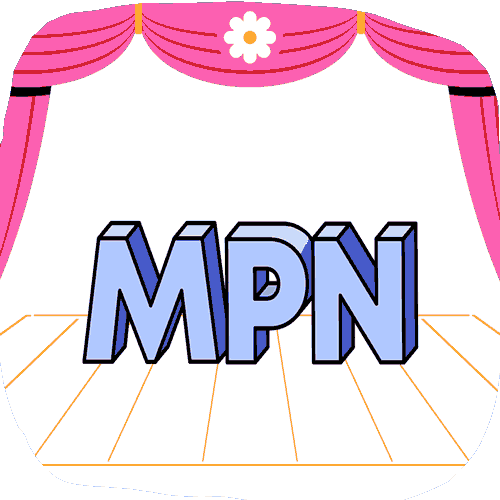How Networks & MPNs Decimated CA Physical Therapists
.gif)
To grasp just how ruinous Medical Provider Networks (MPNs) can be for California providers and injured workers, look no further than the tragic situation of physical therapists (PTs).
California Labor Code currently makes a distinction between physicians and ancillary service providers like PTs, in terms of how an MPN may list each type of provider. Rather than listing individual ancillary service providers, an MPN may list an entity providing ancillary services.
Put simply, under current regulations an MPN must list:
- Individual physicians by name, and
- Individual ancillary service providers or entities that furnish ancillary services
An MPN may simply list a network (e.g. MedRisk) as the “entity” providing ancillary services. The entity then directs injured workers’ ancillary care. For injured workers already restricted to an MPN, this entity-dictated ancillary care limits patient choice even further — and all for no apparent benefit to the injured worker or employer.
Who benefits, then?
Claims administrators pay the entities for ancillary services like physical therapy; the entity subsequently pays substantially reduced rates to the PTs who actually provide the service. The entity presumably keeps the difference.
The lower the PT is paid, the higher the difference, and the more the entity profits.
Why would PTs accept this? Because MPNs list entities instead of individual PTs. Using their power to direct injured workers’ care, entities convince PTs to accept lower reimbursements in exchange for membership in the entity network — a classic “pay-to-treat” scenario.
If injured workers can choose their own individual MPN physicians, injured workers can certainly choose their own individual PTs. If claims administrators pay higher rates to entities, claims administrators should pay higher rates to individual PTs.
There is only one apparent “benefit” to stripping injured workers of any real say in their ancillary care — leverage for these entities to profit from providers.
How CA MPNs & Entities Left PTs in the Cold
California Labor Code Section 4616 states (emphasis ours):
“The roster of participating [MPN] providers shall include, at a minimum, the name of each individual provider and their office address and office telephone number. If the ancillary service is provided by an entity rather than an individual, then that entity’s name, address, and telephone number shall be listed.”
Since physical therapists are not listed in MPNs, these ancillary service entities use the scheduling/care power enabled by MPN regulations to push PTs into discount reimbursement contracts. Because these entities direct and coordinate injured workers’ care, they are well-positioned to box PT’s into a reimbursement corner.
In this way, the entity business model empowers these middleperson companies to siphon huge amounts of revenue from PTs across California.
Plummeting PT Reimbursement Rates
Here’s the $1M question: If you were a for-profit entity, and your profit is derived from the spread between what the claims administrator pays and what the PT receives, which PT would you choose to treat injured workers?
Likely Answer: The PT who accepts the lowest contractual rates.
Remember, the less the PT is reimbursed, the more the entity can profit. For a truly cringeworthy example, see the bill below.
Important note: we are only privy to the example below (and others like it) because we erroneously received invalid electronic Explanations of Review (e-EORs) which revealed what the claims administrator paid to the entity, before the entity paid the PT (Oopsie daisy).
In this case, the PT billed Third-Party Administrator (TPA) Charles Taylor TPA, which administers claims on behalf of insurer Nationwide (National Casualty Company). Charles Taylor/Nationwide paid $198.56, equal to 93% of the OMFS rate for the services rendered — but not to the PT.
Instead Charles Taylor paid the PT’s network “entity,” MedRisk.
After Charles Taylor/Nationwide paid MedRisk $198.56, MedRisk paid the PT a flat rate of $60.00, equal to just 28% of the OMFS rate. The e-EOR reveals that MedRisk presumably pocketed $138.56.
MPNs: How CA Puts Profit Over Care
This is one example among many. This is how the sausage is made. Injured workers lose choice, and PTs lose revenue, all so the “entity” can profit in exchange for modest OMFS savings by the insurer.
Employers, insurers, legislators, regulators, providers, and any remaining reasonable stakeholders in California, this is:
- Not how injured workers should receive care (with no choice, funneled through an “entity”)
- Not how employers’ workers’ comp dollars should be spent (on a middleperson entity, when an injured worker can make their own PT appointment)
- Not how PTs should be paid (as entities walk away with significant portions of PT reimbursements)
We’ve demonstrated repeatedly how California fails to provide doctors a way to determine whether an MPN applies to an employer. For ancillary services it’s even worse, because when an MPN applies, the injured worker has no way to select a specific individual ancillary provider.
Instead, the choice is made by the network entity — and California PTs (literally) pay the price.
When MPNs list entities instead of providers, these entities become the scheduler of care for injured workers, and push providers into sacrificing large sums of reimbursement as the price of treating injured workers.
Workers’ comp can work for providers. daisyBill software, data, and expertise makes billing easier, faster, and less costly. Request a free demonstration below.
REQUEST DEMO
DaisyBill provides content as an insightful service to its readers and clients. It does not offer legal advice and cannot guarantee the accuracy or suitability of its content for a particular purpose.


.gif)

.gif)
